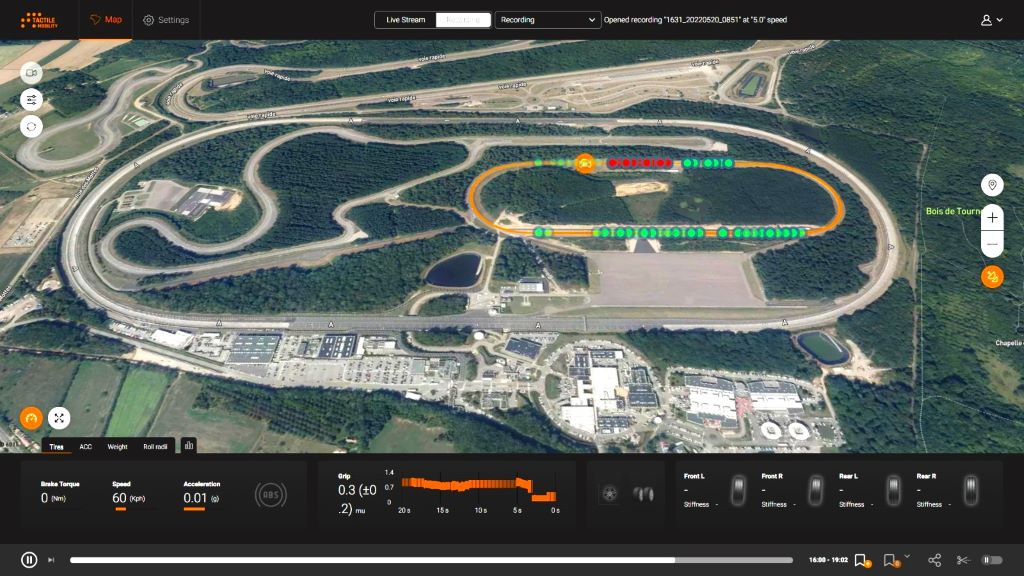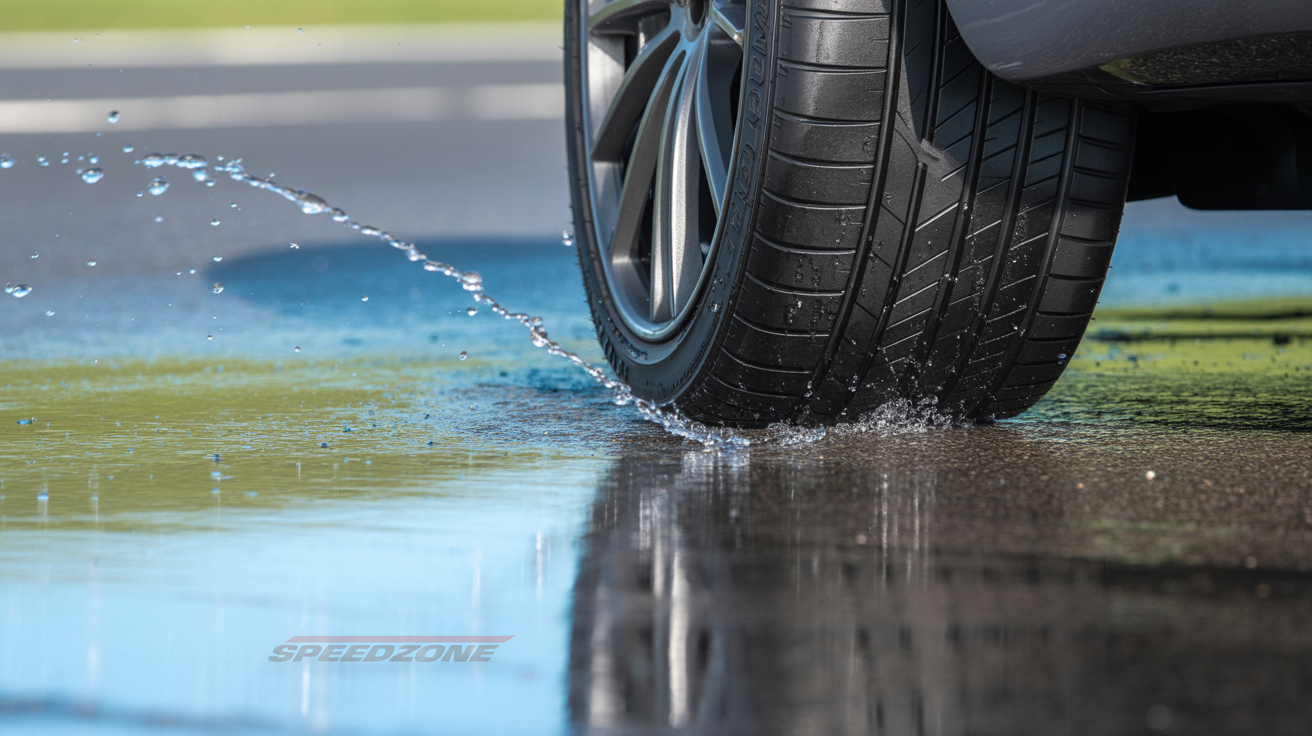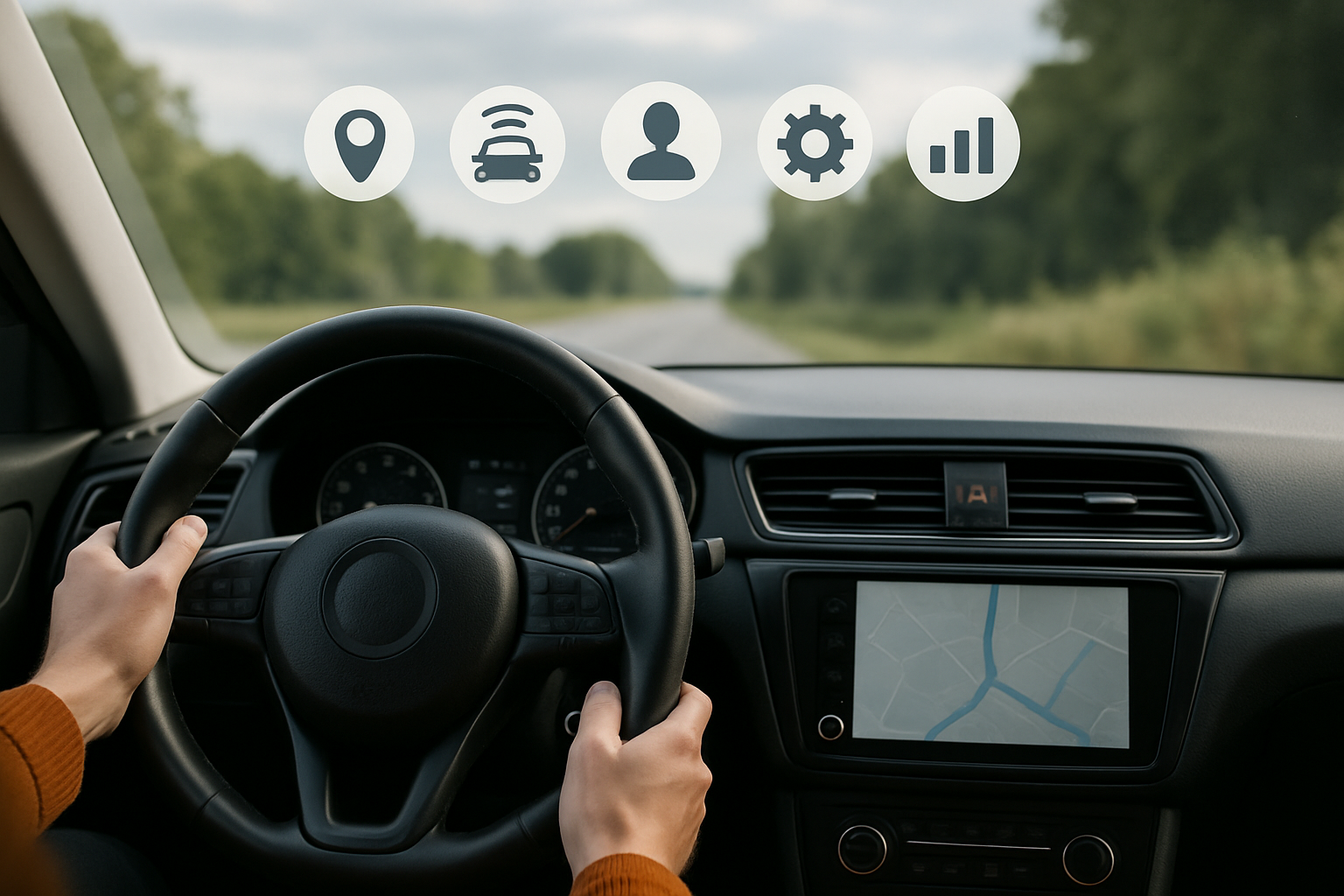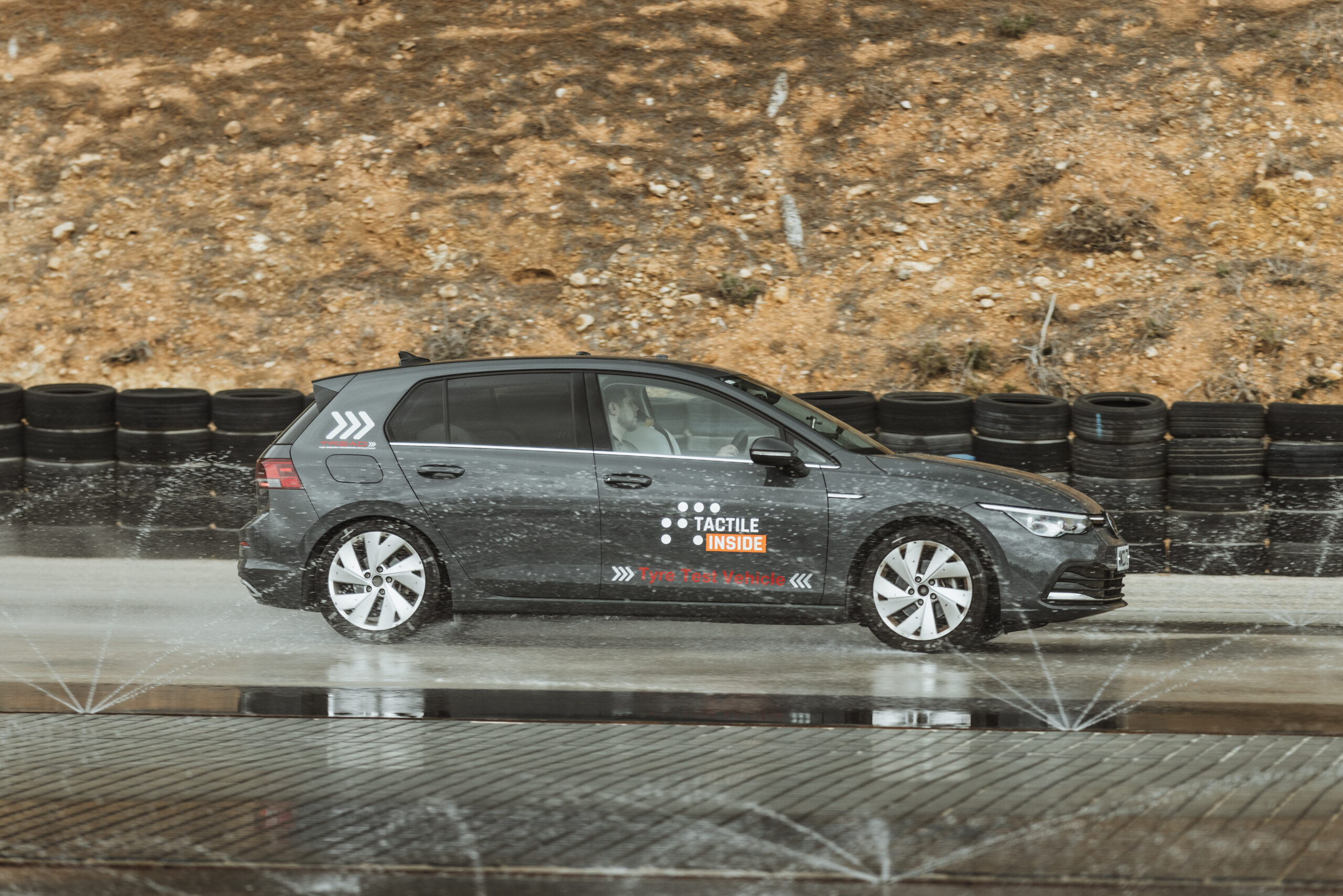It’s said that elite racing drivers can feel the road through their bodies. Pressed into their seat, hands on the wheel, they are able to detect fine details of the track below and set the steering and speed to match the surface conditions. However, it takes talent, years of experience, and a race-engineered vehicle to achieve this.
In the meantime, there are over a billion cars on the road. And while some of those motorists may think that they can feel the road like a racing driver, accident rates suggest otherwise. Plus, adding autonomous vehicles to the mix remains a work in progress and raises a number of safety concerns.
Wouldn’t it be good if we could fix all of this? And, according to automotive software firm Tactile Mobility, we can. What’s more, the raw inputs are already there thanks to electronic hardware that’s been part of vehicle designs for years.
“There’s a wealth of data that exists in every vehicle,” Yagil Tzur – VP of Product at Tactile Mobility – told TechHQ. “Every car has a CAN network, sensors, and electronic control units (ECUs).”

Model calibration: sample vehicles are driven on a proving ground to dial-in the analytic capabilities of the automotive software.
_________________________________________
To turn those inputs into insights, the firm uses machine learning to create what is, in effect, a virtual sensor stack capable of deciphering grip levels, steering health, and other valuable vehicle performance characteristics.
The process begins by taking cars to a proving ground where they can be driven on a wide range of road conditions at different tyre pressures and set up to mimic different numbers of passengers, for example.
Can automakers profit from playing video games in cars?
Model calibration then weights the observed behaviour against readings that are available on the CAN bus such as wheel speed, engine torque, yaw rate, and many other signals.
When complete, the automotive software can estimate the wheel grip and provide real time updates on tyre wear – all without having to fit any additional hardware. And having a virtual sensor stack designed to feel the road has got car manufacturers and suppliers interested.
Investors in Tactile Mobility include Porsche Ventures and Goodyear Ventures, which both came on board in 2021 as part of a USD $27 million series C funding round.
Why EVs are tough on tyres
Governments around the world are incentivising drivers to purchase battery-powered electric vehicles (EVs). And while that will improve air quality on city streets, it makes life a whole lot tougher for the rubber that connects cars to the road – due to the increased weight and high torque of EVs.
Tyre performance is critical to vehicle safety, and the importance of those four contact patches is often overlooked by regular drivers – so much so that the US Department of Transportation mandated that automobiles be fitted with tyre pressure monitoring systems (TPMS), as part of the TREAD act, in the early 2000s.
Virtual sensors provide a much more granular view of tyre performance, giving drivers not just a warning that something is wrong, but adjusting lifetime estimates so that failures don’t happen in the first place and timely replacements can be made.
Tzur sums up the gains of having Tactile Mobility data as being like TPMS on steroids. What’s more, having real world information on tap could help tyre companies further improve their designs – for example, to cater for the specific demands of EVs.
Tyre developers already spend big sums on research and development, but feedback from virtual sensors that feel the road could enrich the amount of information that designers have to work with.
“99% of testing is performed on brand new tyres,” Tzur points out. “Companies have less information on the performance of mid-worn tyres.”
Wisdom of the cloud
There are two sides to Tactile Mobility’s business. First is the onboard virtual sensing, which presents its data to other ECUs on the CAN bus and helps to finesse advanced driver assistance systems (ADAS) such as cruise control. But there are also cloud-based solutions enabled by the feel-the-road technology.
For example, as the install base increases (Tactile Mobility is working with various automotive OEMs in the US and Europe – and has publicly mentioned Ford Motor Company as a partner; Porsche is also listed on its website), some very interesting crowd-sourcing opportunities arise.
The setup is well-suited to characterising the quality of the road surface and sharing this information with local authorities – to schedule maintenance and fill potholes – as well as other interested parties, such as insurance firms.
The tech taking Chinese trains to the top of global leaderboards
It’s possible to use the technology to generate a road friction map, which could advise on speed adjustments to reduce the chance of accidents. Potentially, insurance premiums could take into account the quality of the road surface and data would help accident investigations.
Also, should a vehicle experience a driving incident, that information could be shared to warn nearby motorists. “If there’s an adverse event, the data can be sent to the cloud at high priority to communicate with other vehicles,” said Tzur.
Once vehicle-to-vehicle (V2V) communications become more commonplace, the adverse event alerting process could even happen directly to give drivers (and autonomous vehicles) additional reaction time.
Tactile Mobility has its origins in fleet management, where a forerunner of its systems helped to guide road transport operators on fuel management. And performance coaching feedback could also cross over into its feel-the-road virtual sensing stack – for example, to help drivers prolong tyre life on their vehicles.
Navigating self-driving roadblocks
It’s possible too that self-driving cars, which are having a bunch of bad press lately, may also benefit from better road surface data enabled using machine learning methods such as those deployed by Tactile Mobility.
For example, autonomous vehicles can be spoofed by lines painted on the road, but virtual sensors capable of feeling the road ahead may be able to better distinguish between legitimate markings and rogue ones.
Published on techhq.com



